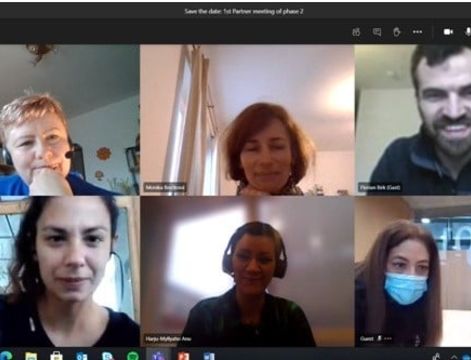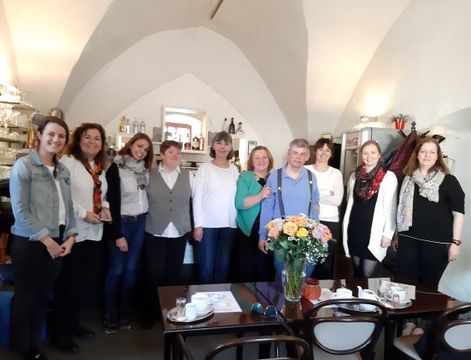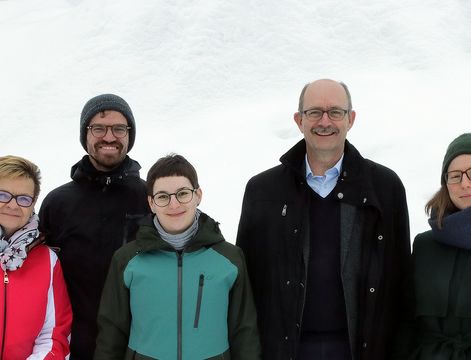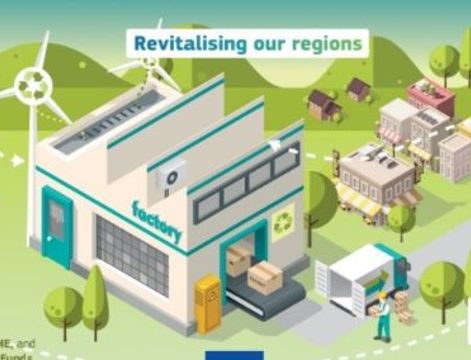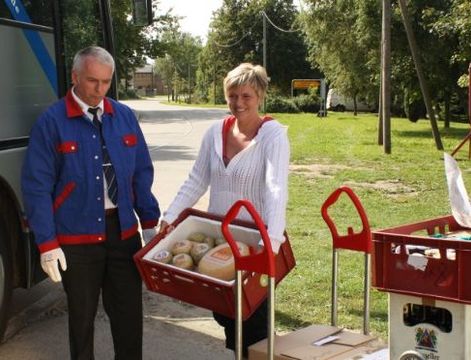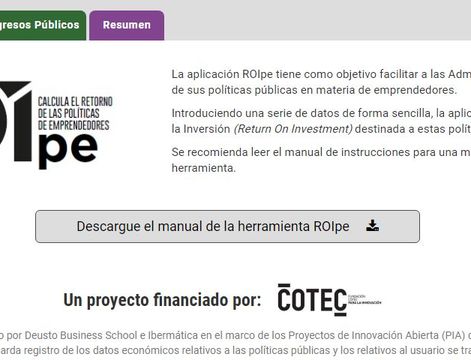This is the chronicle of our trip to Lapland. Let's see.
Tuesday 23rd of May
The visit to Lapland started in Rovaniemi at 09:00 o’clock at the Multidimensional Tourism Institute with a presentation of the regional strategy for Lapland by Mervi Nikander. Ms Nikander, who is the head of strategy development of the Regional Council of Lapland, explained how the project fits in with the RIS3 strategy and how Lapland differs from the rest of Finland, both in terms of geography as well as population and economic structure.
Following Mervi Nikander’s presentation, the director of the MTI, Antti Honkanen shortly presented the institute, of which LUAS is part of.
The next presentation was held by Marlene Kohllechner-Autto, who introduced the findings of the regional report on the statues of social entrepreneurship. Lastly, Niko Niemisalo, a fellow project manager at the institute, explained how the SOCENT SPAs project fits in with other projects, which are currently on going at the MTI.
After lunch, the participants visited Lapin Kuntoutus, which one of two holders of the Finnish Social Enterprise Mark in Lapland. Katri Itkonen, head of services at Lapin Kuntoutus, shortly presented their organization and discussed the Finnish health care system with the participants. Ms Itkonen was not able to provide the participants with more detailed information on how the Finnish Social Enterprise Mark influenced their operations than what was stated already in the regional report, however, this was an additional indicator for the still unclear impact the mark has on its holders (in Lapland).
After visiting Lapin Kuntoutus, the participants visited the Arctic Circle and Santa Claus village (photo below), as this is an important attraction for tourists in Lapland. Tourism is currently Lapland’s fastest growing sector, which does not only create employment and income directly for the accommodation and catering sector, but has a wider influence also on other sectors in the region, such as retail and transportation as well as boosting infrastructural development.
In the evening, the participants enjoyed a joint dinner at restaurant Nili sponsored by LUAS.
Wednesday 24th of May
The second day of the visit started with the transfer to Sodankylä, for which the participants were picked up from their hotel at 08.45 o’clock.
The first visit of the day was to Pohjoismman Lapin Leader group, at which executive Hanna- Leena Talvensaari presented their Local Action Group’s activities (photo below). Out of the LAG’s operations, at least one social enterprise was born, the Sompion Tähti cooperative – which was visited next.
After lunch, the group visited the Sompion Tähti cooperative (photo below), which provides health and social care services for the elderly in remote villages. Tiina Kärjä-Lahdensuu, presented the cooperatives operations and why their work was important for the sparsely populated area around Sodankylä town.
The group subsequently moved on to the Sodankylä central kitchens, which developed a new operational model of tendering their ingredients themselves. Merja Ahola, director of food services of the municipality, discussed with the participants, how they had succeeded in increasing their use of local ingredients in their operations and consequently managed to further activate the regional food production and small-scale employment.
The group returned to Rovaniemi at 18.00 o’clock to share dinner paid for by LUAS, after which the visit officially ended.
Lessons learned
- The Finnish welfare state is taking on many functions that are or could be carried out by social enterprises in Spain and Slovakia
- The Finnish health care system is rather complex with different public bodies covering different forms of treatment, rehabilitation, etc.
- So far, the Finnish Social Enterprise Mark has not been widely used in the operations of Lapin Kuntoutus, as their head of services presenting the organization to us, could not give us any information on the mark and its benefits.
- The municipality of Sodankylä seems to be a forerunner in developing solutions for regional development and social sustainability, with initiatives such as using mostly local/regional ingredients in their central kitchen and the Sompion Tähti cooperative providing services to the elderly living at home in outlying villages, enabling them to stay independently within their known environment for as long possible.
Participants
Ela Klementova, EPIC ; Florian Birk, Social Impact ; Ana Gomez, Cives Mundi; Carmen Sanchez, Junta de Castilla y Leon; Eila Linna, MTI/LUAS; Sari Nisula, MTI/LUAS; Marlene Kohllechner-Autto, MTI/LUAS; Riitta Alajärvi-Kauppi, LUAS
Places visited
Multidimensional Tourism Institute, Rovaniemi
Pohojoisin Lappi Local Action Group, Sodankylä
Cooperative Sompion Tähti, Sodankylä
Sodankylä Central Kitchen, Sodankylä


